Nanotechnology Making the World Better from the Ground Up
Nanotechnology Making the World Better from the Ground Up
Nanotechnology Starting
The Nanotechnology is one of the most interesting emerging areas of science. It looks at how to modify matter on the atomic and molecular levels. When scientists work at the nanoscale, which is usually between 1 and 100 nanometers, they can produce materials and technologies with never-before-seen qualities and abilities.
Things that are stronger than steel yet lighter than aluminum, or treatments that just destroy cancer cells and leave healthy ones alone, are examples of what you could think of. This isn’t science fiction; it’s nanotechnology in action.
What is the field of nanotechnology?
Nanotechnology is the study of how to build and use structures, devices, and systems that control shape and size at the nanoscale level.
At this magnitude, the laws of classical physics don’t work anymore. Instead, materials start to reveal quantum phenomena, which have a huge effect on how they act when it comes to electricity, light, and magnetism. This means that scientists can make new things that can’t be done on a larger scale.
Key Points: Nanotechnology
Nanoparticles are tiny particles that are between 1 and 100 nm in size and have unique surface characteristics.
Quantum Dots are very small crystals that can shine. They are used in biological imaging and displays.
Carbon Nanotubes are cylindrical molecules that can do incredible things with heat, electricity, and mechanics.
Nanocomposites are materials that combine nanoparticles with normal materials to make them stronger, last longer, or conduct electricity better.
A Brief History Nanotechnology
Richard Feynman, a physicist, gave a speech in 1959 called “There’s Plenty of Room at the Bottom” in which he talked about the possibility of changing atoms one at a time.
Scientists can view and move single atoms with the Scanning Tunneling Microscope (STM), which was invented in 1981.
A lot of research has been done on nanotechnology during the 1990s, and it is now applied in electronics, healthcare, energy, and materials.
How to Use It in the Real World
1. Health care and medicine
Nanotechnology is transforming healthcare in a lot of ways. For example, nanocarriers transport drugs right to sick cells, which minimizes the risk of adverse effects.
Gold nanoparticles and liposomes are used to both find and cure cancer.
In regenerative medicine, nanofibers help tissues grow and mend.
Diagnostics: Nano-biosensors can identify illness signs quite early on.
2. The environment and energy
Nanomaterials make solar cells work better by capturing more light.
Batteries: Nano-engineered electrodes help batteries charge faster and last longer.
Silver nanoparticles and nano-membranes filter out microbes and kill them, which cleans the water.
Pollution Control: Nano-catalysts clean up air and water by breaking down harmful substances.
3. Computers and Electronics
Nanochips are tiny transistors that make computers smaller and faster.
Foldable phones, wearable devices, and e-paper displays are all examples of flexible electronics that incorporate nanomaterials.
It is vitally important to use nanotech to make quantum bits (qubits) in quantum computing.
4. Making and Materials
In the aerospace, sports, and auto industries, nanocomposites make materials stronger.
Self-Healing Materials: These are materials that can mend cracks on their own at the nano level.
Fabrics that don’t get stained, don’t get wet, and even keep UV rays out.
5. Food and Farming
Nano-fertilizers send nutrients to some plants, which makes them more productive and cuts down on waste.
Nanocarriers make herbicides less harmful to the environment.
Food Packaging with Nano-Coatings Make it last longer and be safer.
What Will Happen with Nanotechnology in the Future
Nanotechnology has an infinite number of uses. At the moment, scientists are working on:
Nanorobots are small robots that can move around inside the body.
Bright Fabrics: Clothes that keep an eye on your health or charge your phone.
Artificial organs are made with nanostructured scaffolds.
The next great thing in computers and communication is quantum nanotech.
⚠️ Problems and moral issues
You need to be responsible because you have a lot of power. Here are some crucial things to consider about:
🛡️ Safety and Harmfulness Nanotechnology
Nanoparticles can enter into the blood and build up in organs.
Researchers are still looking into how the ecology will be affected in the long run.
🔍 Guidelines Nanotechnology
There are no rules in the world for testing and labeling nanotech items.
Nanomaterials are challenging to find and keep track of.
Questions of Morality Nanotechnology
Should we use nanotechnology to make people smarter or stronger?
Risks to privacy: You could use nanosensors to watch people without their knowledge.
Scientists, governments, and the public all need to work together in a responsible way for ethical progress to happen.
🌐 What happens to the world
🌏 Wealthy Nations
A lot of money is going into nano-research for use in medical, the military, and business.
The United States, China, Germany, and Japan are some of the countries that first came up with new ideas.
Countries that are still developing
You can work in water treatment, farming, and low-cost medical testing.
It is challenging to completely embrace because of challenges with funding and infrastructure.
🧠 Last ThoughtsClick to learn more about technology.
Nanotechnology isn’t just something that scientists are interested in; it’s also a big part of fresh ideas that will revolutionize the 21st century. It has an impact on practically every area, such as medicine, technology, energy, and the environment.
প্রযুক্তি সম্পর্কে আরো জানতে ক্লিক করুন Click to learn more about technology.
Share this content:
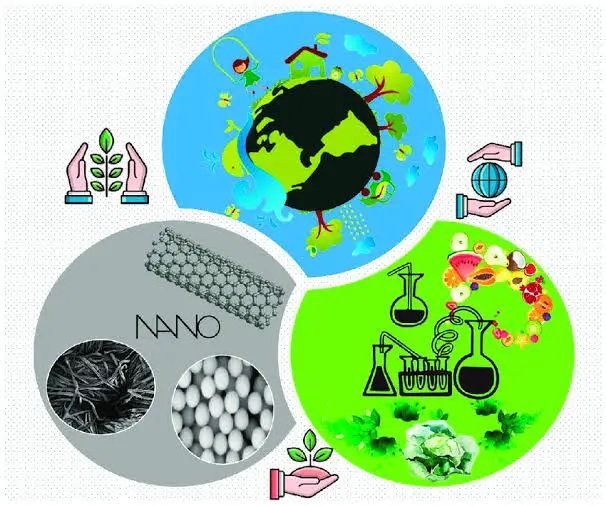


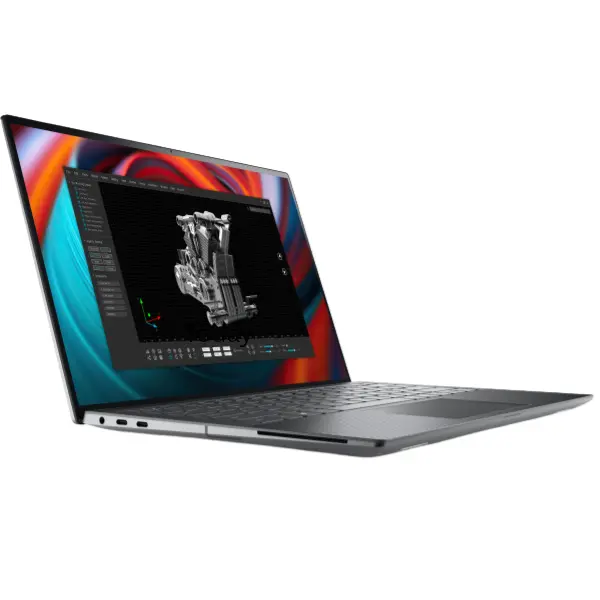

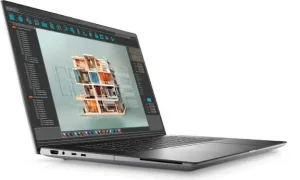
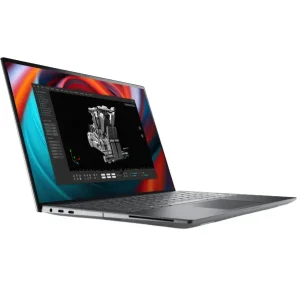

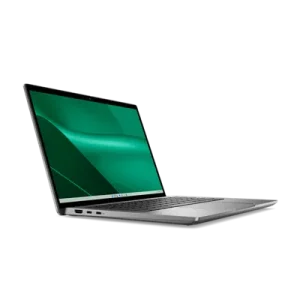

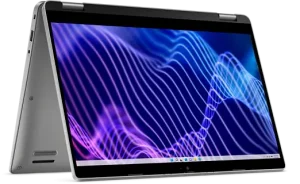

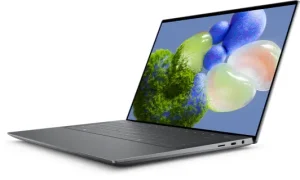

1 comment